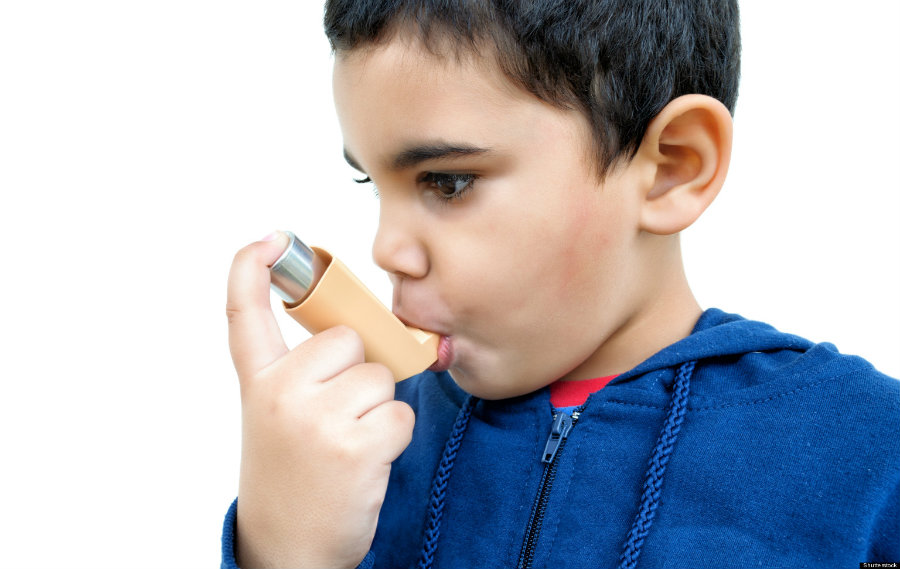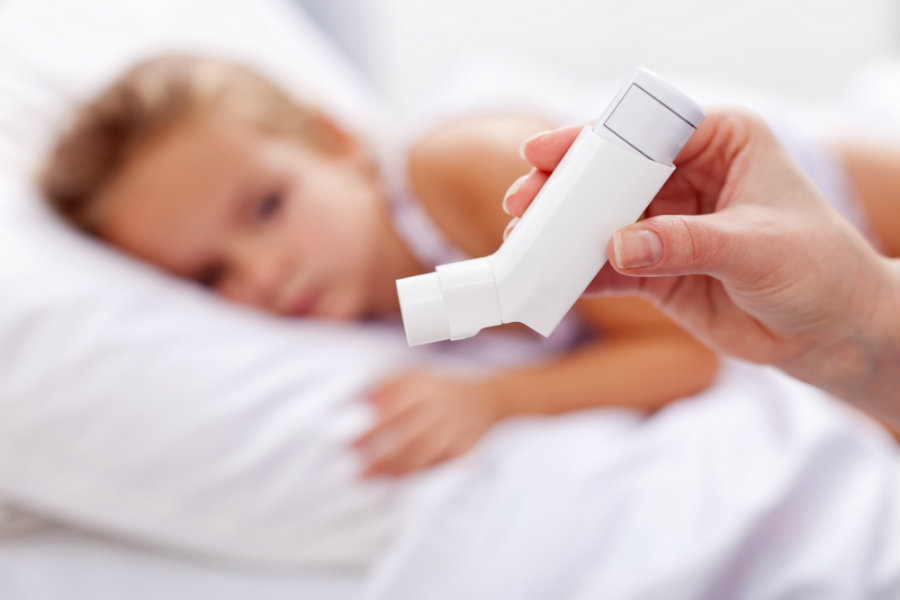A study conducted by the Children’s Hospital of Philadelphia (CHOP) Research Institute found that children with food allergies are more likely to be predisposed to suffer from asthma and rhinitis during childhood as well. The investigation, released on August 25, was published in BMC Pediatrics journal.
The level of the risk is also linked to the number of food allergies the child has. An individual with a high number of food allergies or reactions will be exposed to increased risk of suffering asthma and rhinitis. The team that conducted the research was composed of allergy and immunology specialists as well as pediatricians.

A cross-sectional research
Nonetheless, this is the first investigation to use a considerable amount of data, enough to provide robust statistics for the pediatric population.
The research considered the clinical history and health records of more than one million children in the CHOP Care Network, including both urban and suburban areas. About half of the patients were white and 40 percent black.
Individuals studied were divided into two groups, the first, followed for their first five years and the second group followed for 12 months. In the first panel, about 8 percent of the subjects developed at least one food allergy in the early life. Infants between 12 and 17 months of age proved to be the most vulnerable to food allergies.
Those subjects with food allergies were more susceptible to asthma and allergic rhinitis. 35 percent of children with a diagnosed food allergy developed asthma. Those with multiple food allergies were at increased risk than those with a single food allergy. Another 35 percent of children with diagnosed food allergy developed allergic rhinitis, which doubles the rates of the general population.

The most common medical conditions in the U.S.
Asthma, allergic rhinitis, and eczema, a skin inflammation, are among the most common conditions, especially in children. All those diseases are usually the response to food allergies or other environmental stimuli that provoke irregular responses in the immune system.
Asthma, according to the Centers for Disease Control and Prevention (CDC) and the National Asthma Control Program, affects the lungs causing episodes of chest tightness, coughing, wheezing, and breathlessness. About 6.3 million children currently have asthma, which represents the almost 9 percent of children in the U.S.
The research found out that about 21 percent of children in Philadelphia is affected with an asthmatic condition. In childhood, asthma can represent a significant barrier to regular activity due to the difficulty the child finds in breathing normally while doing physical activity. Even when asthma can be controlled with medicine and avoiding the triggers, attacks are repetitive and can get worse when exposed to certain environmental conditions.
This investigation will provide a bigger picture for children’s allergies’ specialists
The research found that the rates of asthma and rhinitis are higher than eczemas in those patients who develop such conditions in childhood.
“Using provider-based diagnosis data provided important information often lacking in existing studies. We found different disease rates than previously reported, and our research provides key data to shape future efforts aimed at prevention, diagnosis, and management of these common pediatric conditions,” said Jonathan Spergel, chief of the division of Allergy and Immunology of the Stuart Starr Chair of Pediatrics at CHOP.
Source: CHOP
